UK Geoenergy Observatories: time zero for net zero
The BGS-led UK Geoenergy Observatories project is shining a light on the subsurface’s potential to provide geothermal energy.
01/12/2022 By BGS Press
The UK’s need for sustainable, self-produced energy has become increasingly obvious in recent months. We have made great strides towards decarbonising our electricity supplies, taking advantage of wind, solar and tidal resources. This has built on the country’s net zero targets, which have been in place since 2019 and commit the UK to bring all greenhouse gas emissions to net zero by 2050.
The £31 million UK Geoenergy Observatories project led by BGS focuses on heat energy from beneath the ground. It comprises two underground observatories that will shine a light on the subsurface’s potential to provide homes and businesses with geothermal energy.
The Cheshire Observatory is under construction and will cover a range of geoenergy technologies, including shallow aquifer geothermal and heat storage. The Glasgow Observatory, which is operational and already producing data on mine water energy, is an at-scale research facility that is now home to a pioneering multidisciplinary collaboration.
Establishing a detailed baseline
Data was being collected from the Glasgow Observatory even before its 12 boreholes were drilled. Researchers across Scotland and the rest of the UK have been collecting data from the site, including samples of soil collected at the surface, data from the hundreds of borehole sensors and water from within the mines themselves. Collection of a wide range of geological and environmental data before and during geothermal activities is one factor that makes the site unique, says BGS’s Dr Alison Monaghan, and an exceptional asset to researchers and the energy industry.
The multidisciplinary approach to establishing the baseline has created ’time zero’ datasets and acted as a catalyst for new monitoring methods.
We now have a level of detail about a formerly coal mined, urban environment that doesn’t exist elsewhere. One of the main barriers to geothermal is data and places to confidently enable research for widespread, cost-effective deployment of the technology. That’s exactly what is available through the UK Geoenergy Observatories project.
We need to characterise the environment at ‘time zero’ to measure and understand any changes with geothermal activities. We also need novel monitoring tools for cost-effective and environmentally sound geothermal operations.
BGS has made time zero soil chemistry, ground gas, surface water and groundwater characterisation, ground motion and seismic monitoring data openly accessible. This includes seasonal and temporal variability.
Additionally, over 500 water, rock and gas samples collected during the observatory’s construction were distributed to university researchers for carbon, isotopic and microbiological analysis. These give new insights into rock-water-gas-microbiological interactions in the subsurface and their significance for shallow geothermal heat and storage in flooded abandoned mine workings.
Dr Alison Monaghan, BGS Principal Geologist.
A ‘rare opportunity’ for early access
Dr Ryan Pereira and Dr Julia de Rezende are both based at the Lyell Centre in Edinburgh, which is a partnership between BGS and Heriot-Watt University. They recently contributed to an environmental baseline paper published in Earth Science, Systems and Society and say gaining access to the Glasgow Observatory was critical.
We need to understand whether there are unintended consequences from changing the water flow in the subsurface. It could, for example, stimulate microbial activity that could generate greenhouse gases and cause damage to infrastructure, which of course we don’t want. BGS had the foresight to offer early access to researchers, which gave us the chance to be more experimental.
We used an instrument that’s rare in the UK called a liquid chromatography-organic carbon detection-organic nitrogen detector (LC-OCD-OND). This set-up can quantify and resolve organic compound groups by molecular size, which is good because it allows us to explore food sources for microbes that may produce greenhouse gases.
The Glasgow Observatory offers a platform for finding a way forward for us to use former mine workings as a low-carbon option for heating and cooling our cities. This fundamental research is how we take forward the deployment of geothermal in the UK, of that I am certain.
Dr Ryan Pereira, the Lyell Centre.
This was a rare opportunity because, when samples are recovered from sites, the preservation methods to consider microbiology are not always a priority.
The research is still in its infancy, but we discovered the potential for increased leaching, which promotes the production of carbon dioxide and methane by microbes. Now we need to observe this under ambient conditions as the site is under trial for heating and cooling applications.
Dr Julia de Rezende, the Lyell Centre.
‘This wouldn’t be available at a commercial site’
Strathclyde University’s Dr Neil Burnside’s research interests lie in hydrogeology, geochemistry and geothermal development. He contributed to the time zero study by examining sulphur isotope values in the mine water. Dr Burnside points out that data availability was instrumental in the new findings.
It was commonly believed that sulphur isotopes should reflect water-rock interaction with source sulphide materials. However, we found highly variable, often elevated values that suggest the influence of other factors in flooded mine systems.
Instead of access to mine workings at one or two points, there’s a borehole array fitted with state-of-the-art sensors and many more data sources besides. This wouldn’t be available at a commercial site; it points to how unique the Glasgow Observatory is, and the opportunities it presents for research.
Dr Neil Burnside, Strathclyde University.
Open for scientists
The UK Geoenergy Observatories project provides open-source data online and the BGS team want more scientists and innovators to use the site.
There is huge scope for flexible research at the Glasgow and Cheshire observatories and, as our recent study shows, for interdisciplinary working. Work undertaken here will address key research challenges for geothermal technologies, such as planning and construction risks, resource sustainability and regulation, operational maintenance and monitoring.
The UK Geoenergy Observatories are available for researchers to inform the evidence base and develop lower-cost techniques and fit-for-purpose monitoring approaches. Glasgow is online now and Cheshire will be operational in 2024.
There is a huge opportunity for geoscientists and others to advance the cost and risk reductions necessary for mine water heat and heat storage to form an important component in decarbonising heating of our buildings towards net zero greenhouse gas emissions.
Dr Alison Monaghan.
Relative topics
Related news
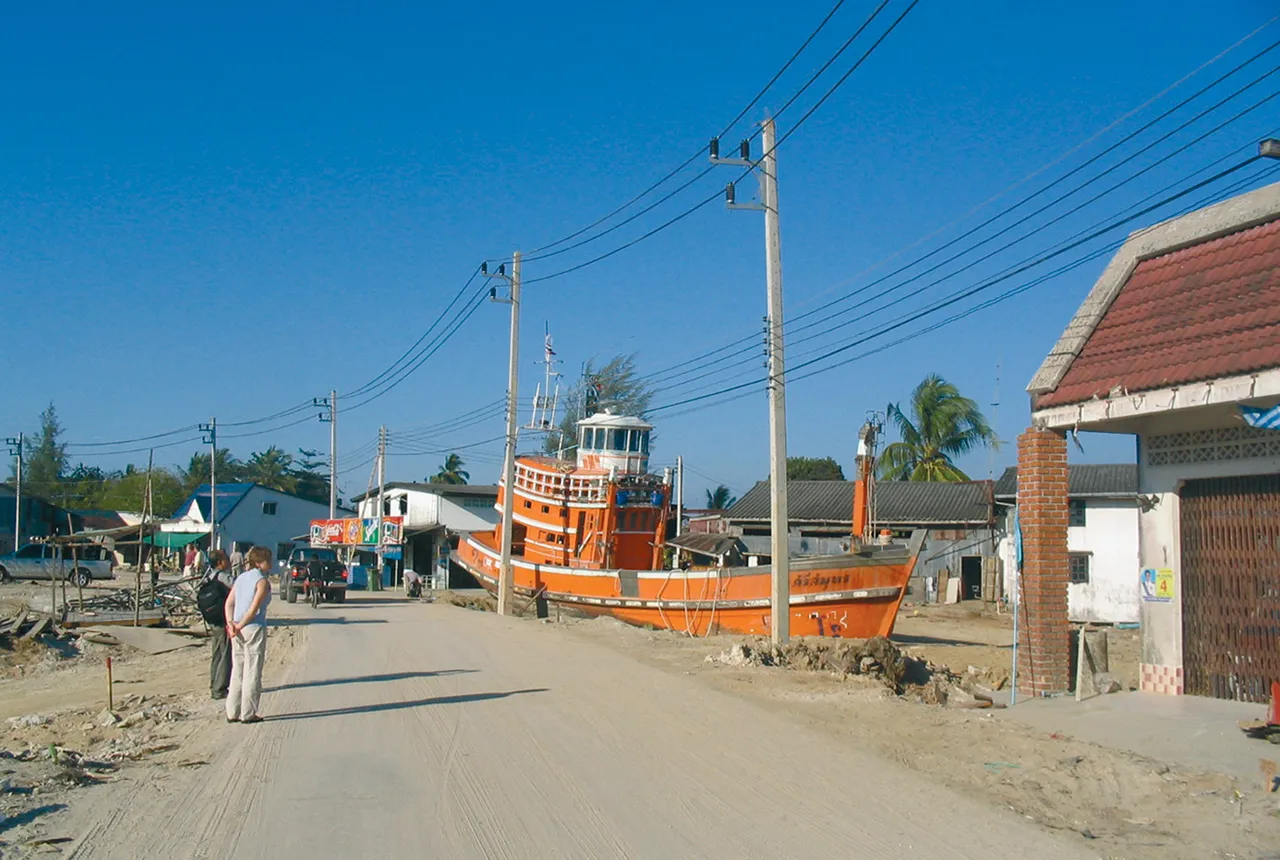
Twenty years on: the Indian Ocean earthquake and tsunami
26/12/2024
Boxing Day 2024 marks 20 years since the Indian Ocean earthquake and tsunami. Prof David Tappin reflects on the disaster and discusses what we have learnt since 2004.
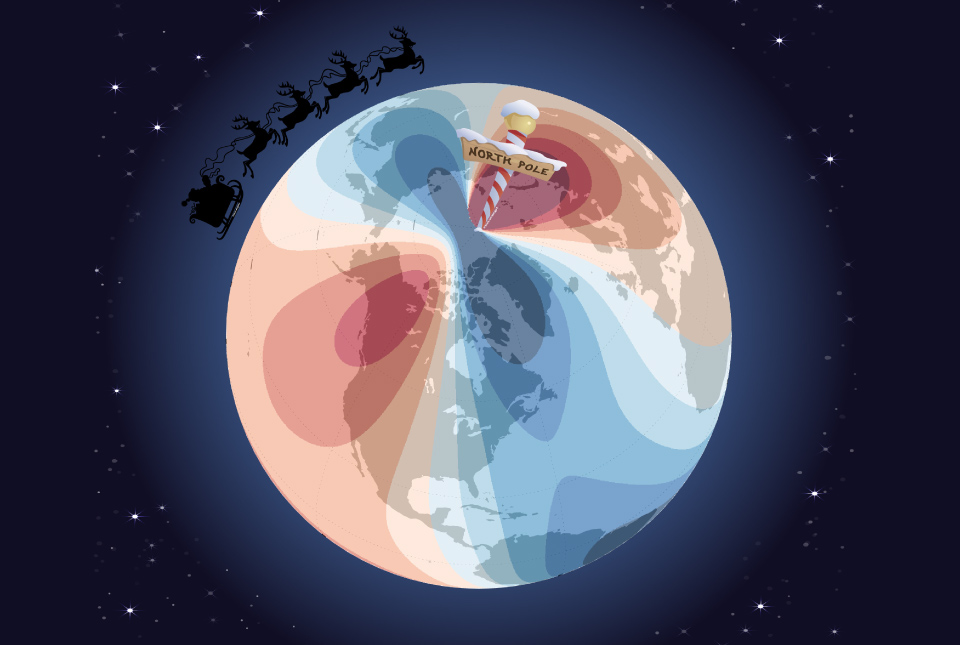
Airlines, shipping companies and sleigh drivers rush to update crucial navigation systems ahead of Christmas rush
17/12/2024
Release of major upgrade to a new model tracking magnetic north prompts global reset of satellite tracking systems across trade and passenger transport routes.
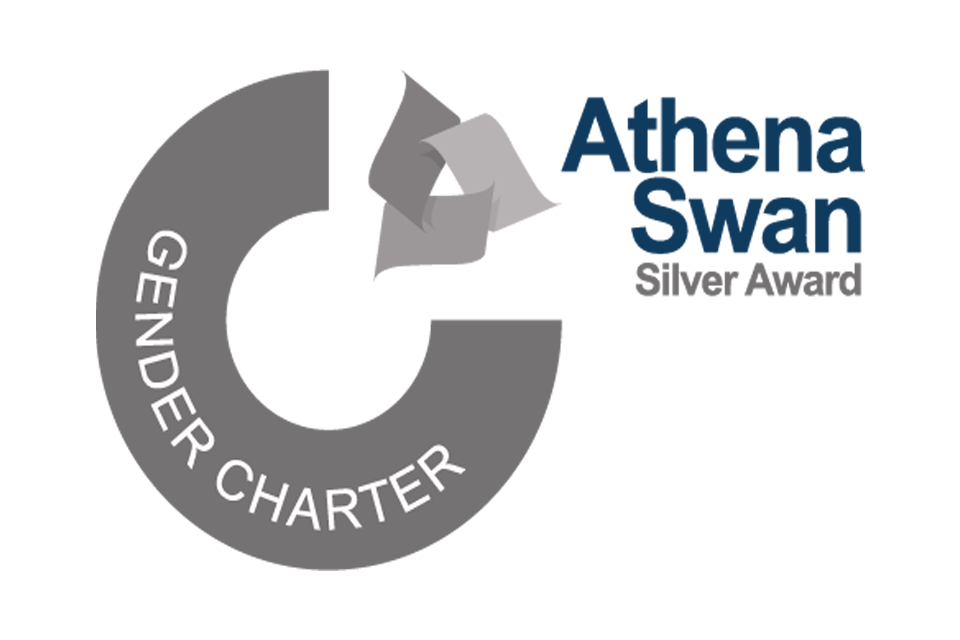
BGS awarded Athena SWAN Silver status
12/12/2024
BGS are delighted to have been awarded Athena SWAN Silver status in recognition of our ongoing commitment to gender equality
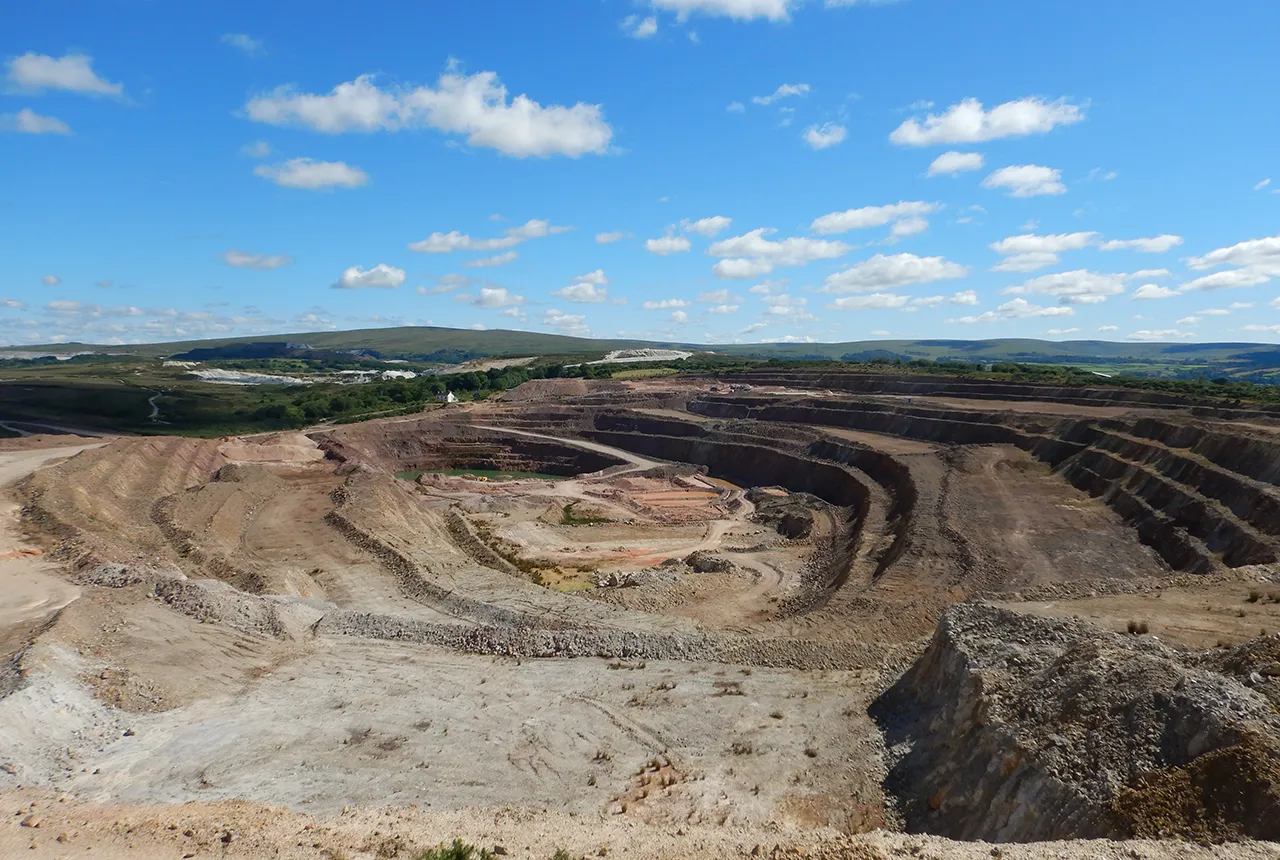
BGS makes significant advance in mineral data accessibility
10/12/2024
A new public application programming interface for the BGS World Mineral Statistics Database will revolutionise how users interact with critical data.
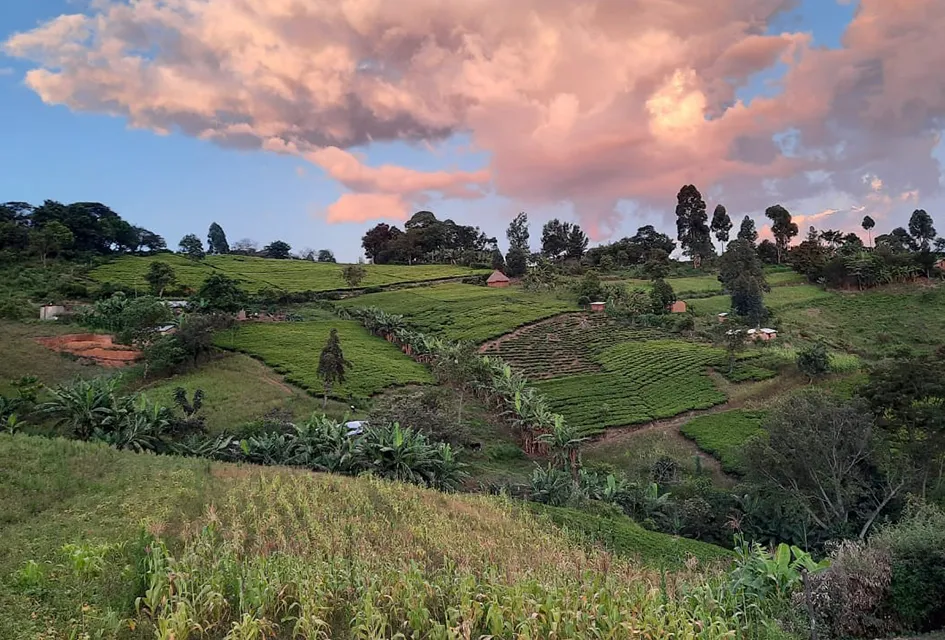
Dynamics of land-to-lake transfers in the Lake Victoria Basin
09/12/2024
In June 2024, a UK/Kenya research team shared research findings from a collaborative, four-year field and experimental programme within Kenya.
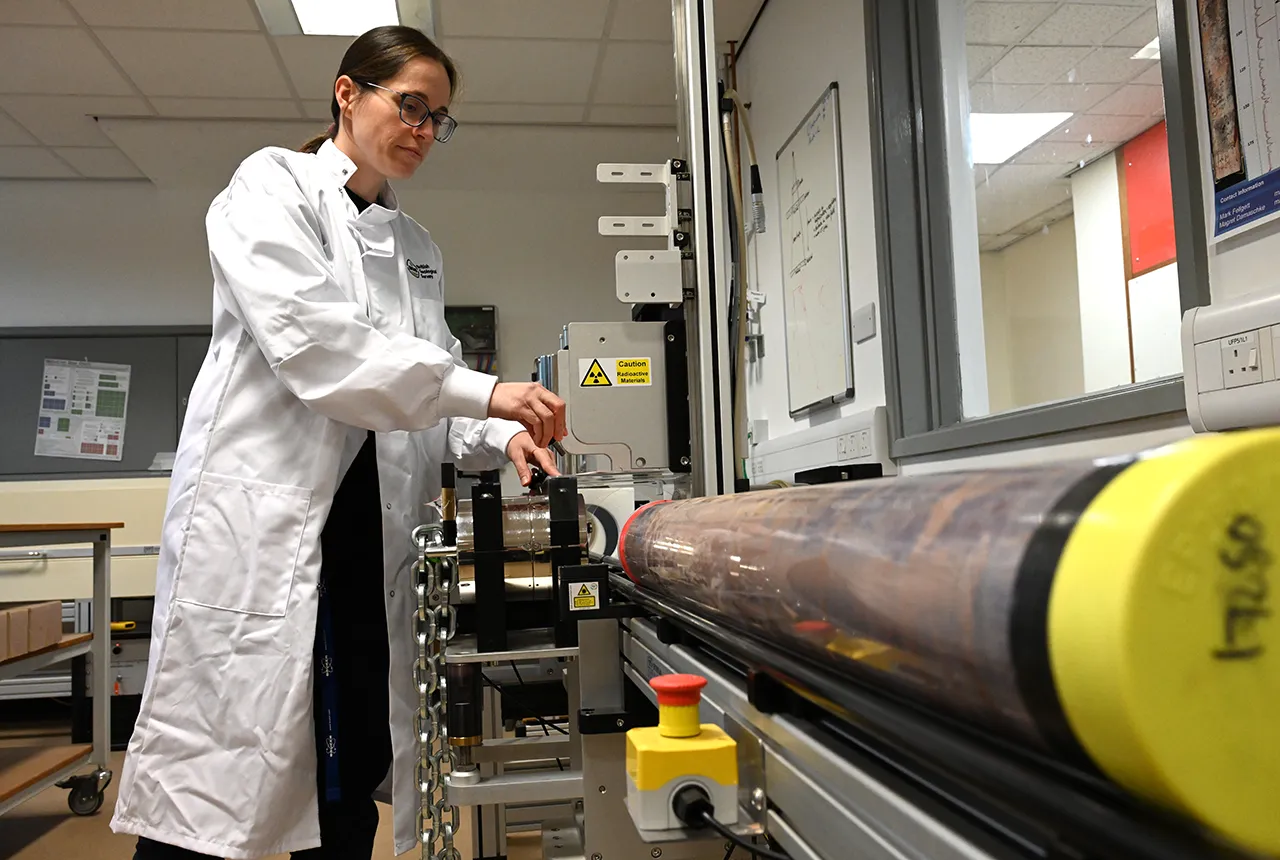
Prehistoric power: 250-million-year-old rocks could contain secrets to net zero future
05/12/2024
BGS has completed a comprehensive scan of Mercia Mudstone rocks that could hold geological secrets of the UK’s past and provide a boost for net zero.
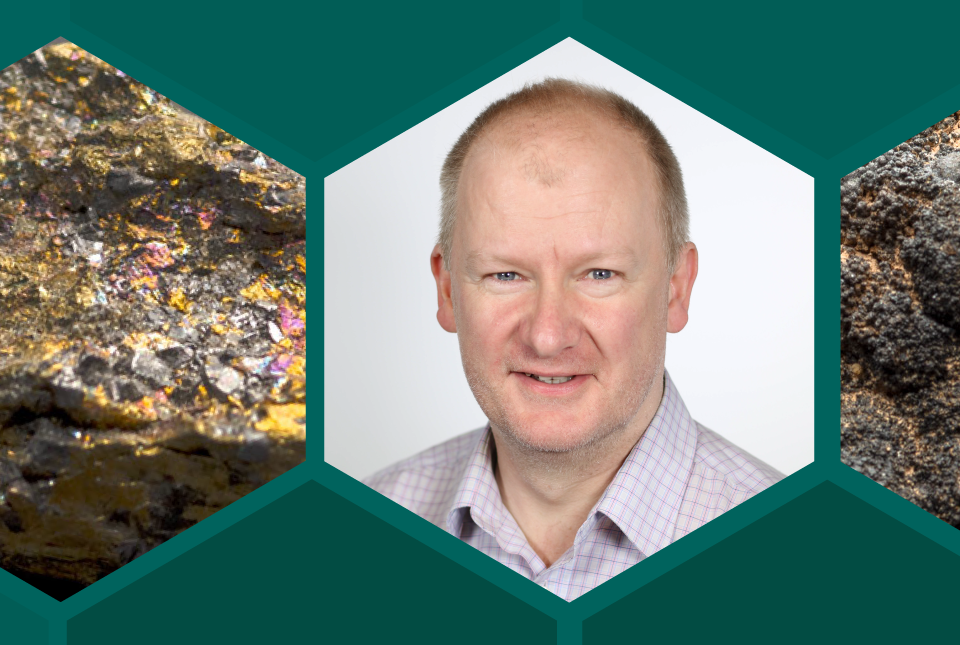
The challenge of assessing the UK economy’s dependence on mineral supply
28/11/2024
Critical, essential, or just plain important? Dr Gavin Mudd, director of the Critical Minerals Intelligence Centre, discusses the findings and new methodology featured in the 2024 UK Criticality Assessment.
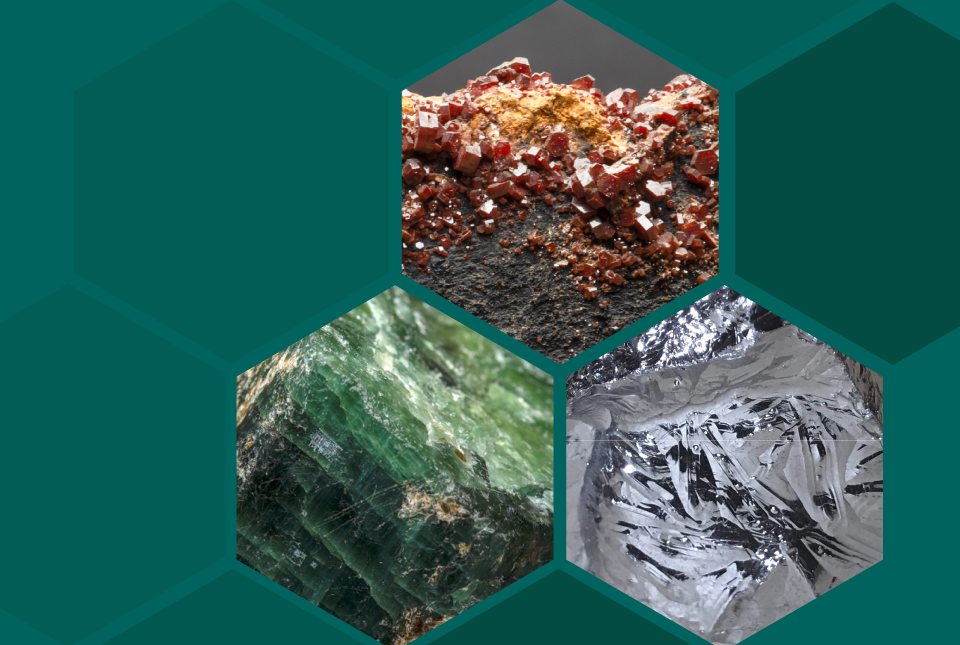
UK 2024 Criticality Assessment published
28/11/2024
The latest UK Criticality Assessment, produced by the UK Critical Minerals Intelligence Centre, shows that growing diversification brings an increasing vulnerability in terms of disruption to supply.
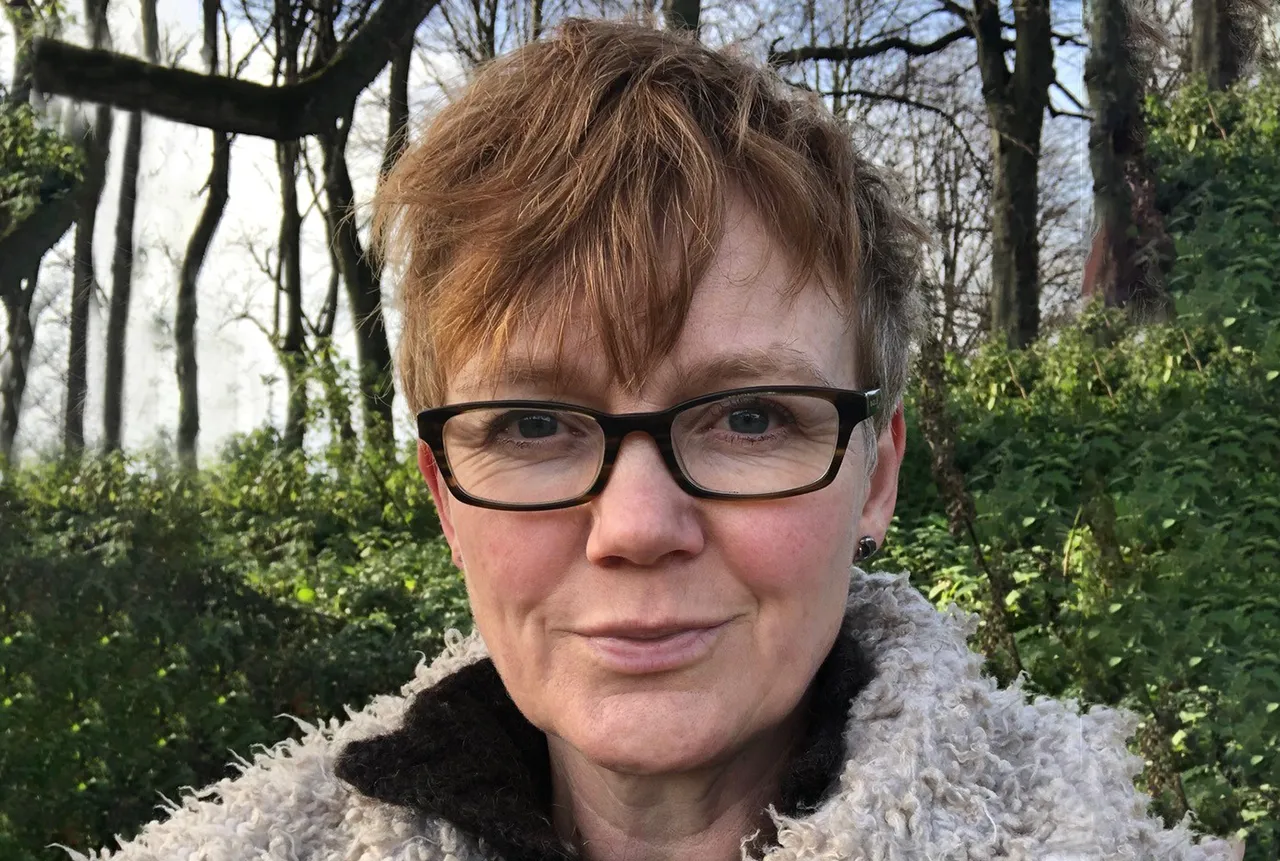
Brighid Ó Dochartaigh honoured with prestigious Geological Society award
27/11/2024
A recently retired BGS employee has been honoured for her contribution to the hydrogeological community.
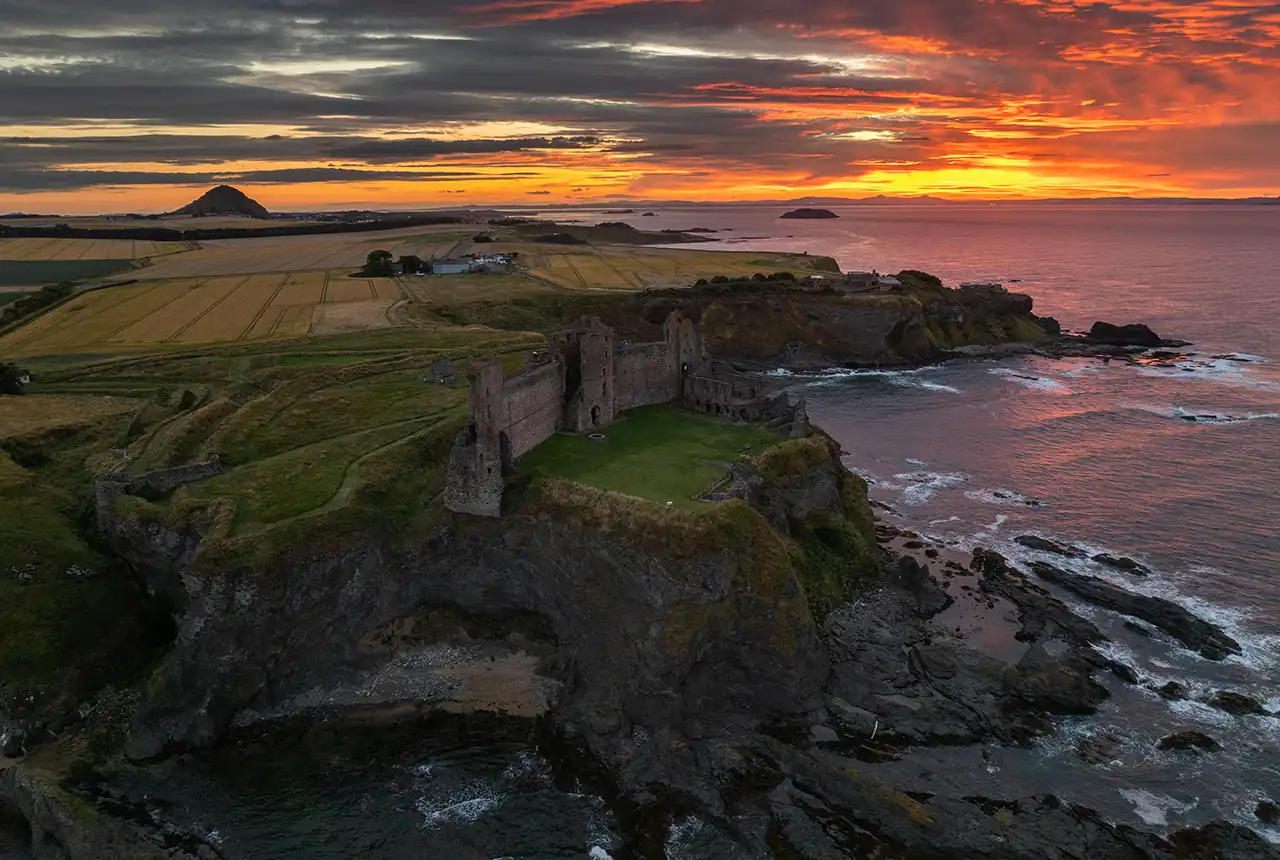
How can Scotland re-establish its building stone industry?
14/11/2024
British Geological Survey research, commissioned by Historic Environment Scotland, reveals an opportunity to re-establish the Scottish building stone market in order to maintain the country’s historic buildings.
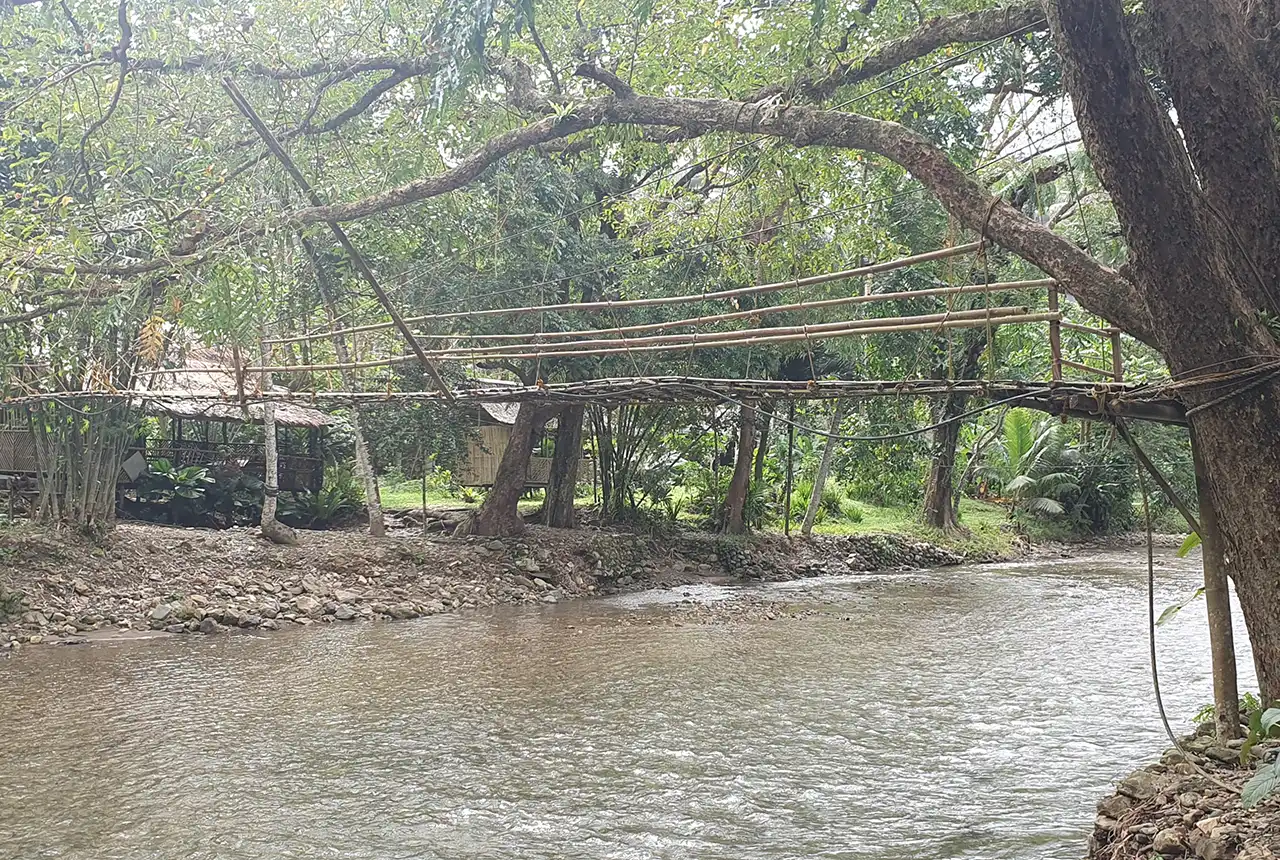
UK–Philippine partnership to help tackle the challenges of future water security in the Philippines
07/11/2024
New ‘hydrological hub’ to foster research and provide essential national water management datasets and tools.
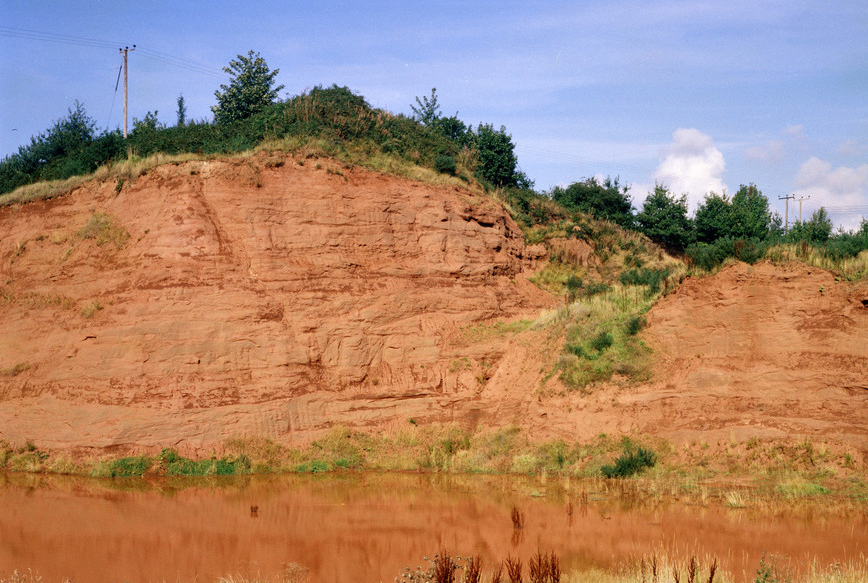
Next stage of funding awarded for project on hydrogen storage potential in the East Midlands
17/10/2024
BGS will conduct essential studies on hydrogen behaviour in the subsurface to predict, measure and monitor underground hydrogen storage.



